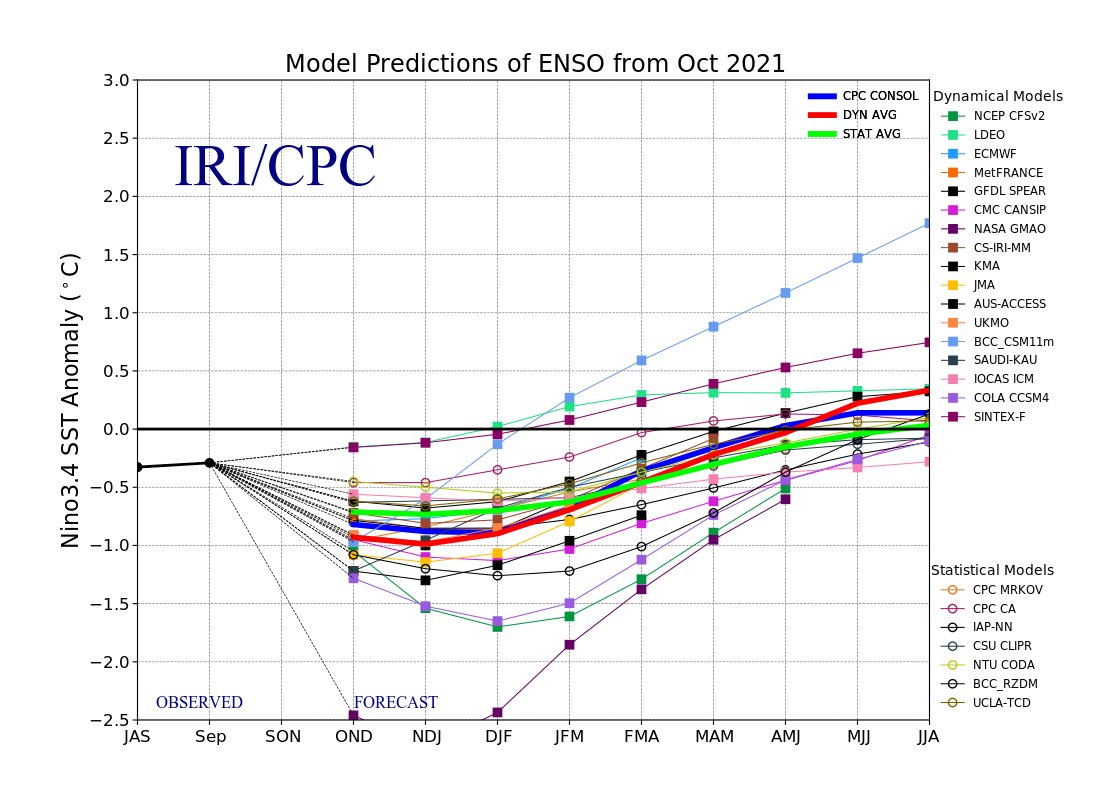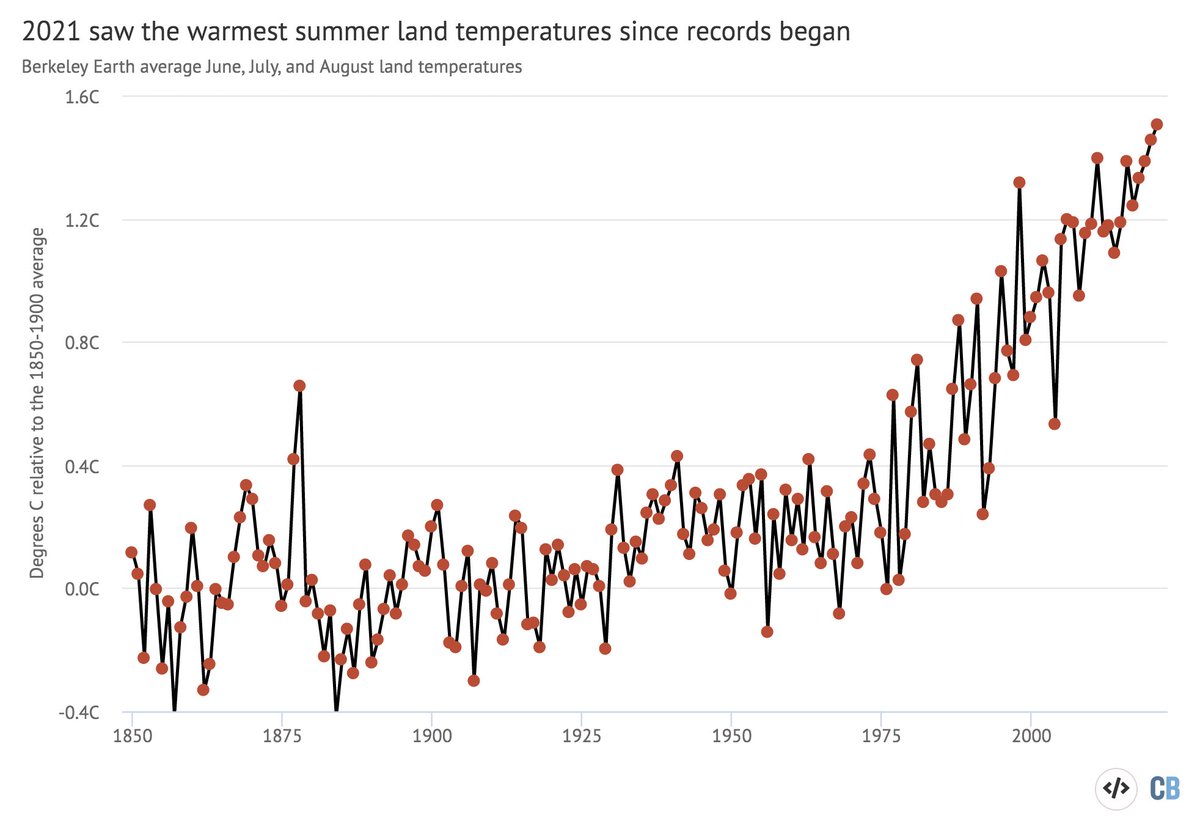
Passing Build Back Better bill without CEPP risks premature retirement of 20% of current US nuclear reactors, jeopardizing emissions reductions goals. To avoid this the US should extend PTC for existing nuclear from 5 years to 10 years to fill in the gap: thebreakthrough.org/issues/energy/… 

CEPP is likely gone from the budget reconciliation bill. It was a major incentive to keep existing reactors open, and as @JesseJenkins and the REPEAT team find its absence will result in an additional 20 GW (20% of existing nuclear) retiring by 2030. repeatproject.org/docs/REPEAT_Pr…
This means that the additional clean energy is replacing nuclear rather than fossil fuels, resulting in additional CO2 emissions of up to 75 million metric tons per year in 2030 compared to a scenario where these reactors remained open.
It also reduces the US’s supply of always-on clean firm generation that will be increasingly critical as the power sector transitions away from fossil fuels.
The House included a 5-year production tax credit (PTC) of up to $15 per MWh to bridge the gap between the bill's passage and the start of CEPP to prevent existing reactors from closing in the interim.
Without the CEPP there will be little support for existing nuclear or incentives for utilities to not remove existing clean energy after 2025; this is problematic given expanded PTCs for renewables put existing clean energy from nuclear at a disadvantage.
Thankfully there is a relatively easy way to avoid this outcome. Rather than the 5-year PTC for existing nuclear in the BBB intended to bridge the gap until the CEPP came into effect, Congress could extend the nuclear PTC for the full 10-year period covered by the bill.
Decarbonizing the US electricity sector requires preserving the clean energy we have and accelerating the rate of new deployments. The original BBB bill wisely incentivized utilities to keep existing nuclear reactors open.
There is a real risk that in removing CEPP from the bill Congress will unintentionally accelerate the closure of the US nuclear fleet. An extension of the existing nuclear PTC is a simple fix, and one with relatively modest costs.
• • •
Missing some Tweet in this thread? You can try to
force a refresh















